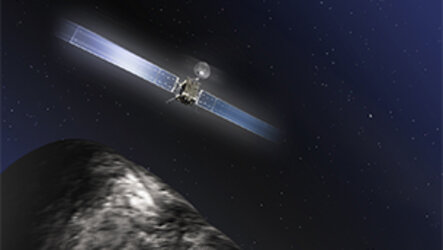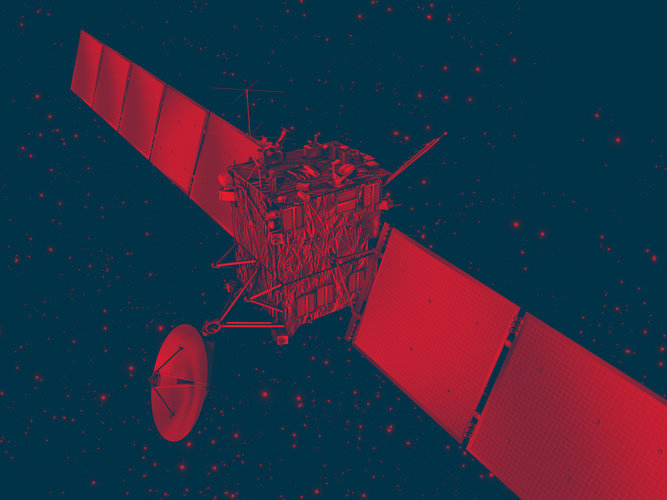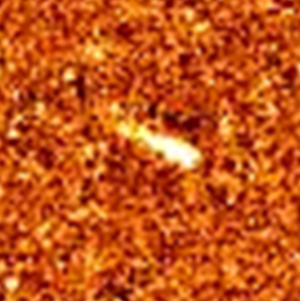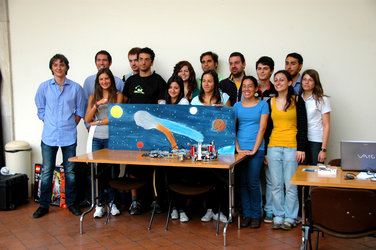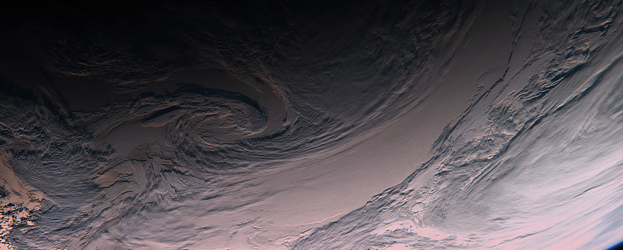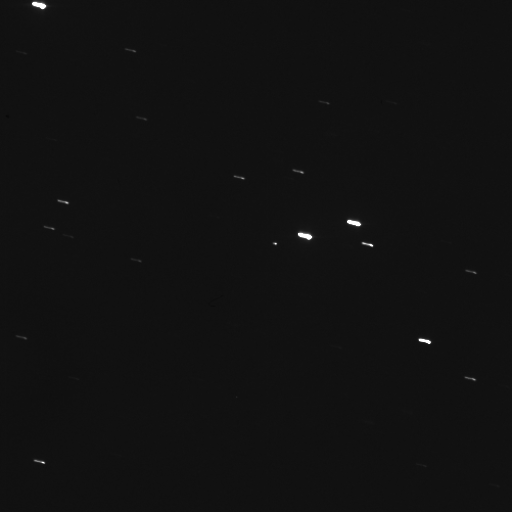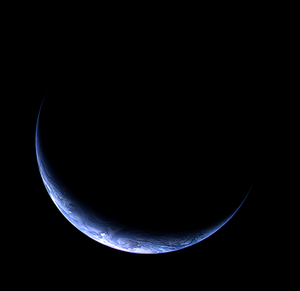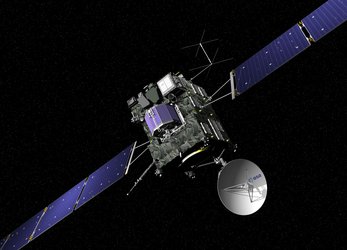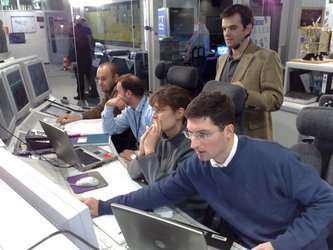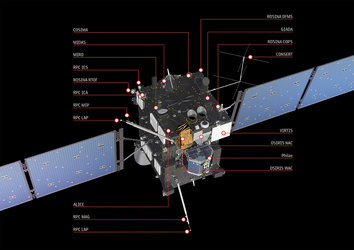Read further
Rosetta also let scientists investigate beneath the asteroid's surface. It appears that Lutetia tried to grow an iron core like a bona-fide planet when it formed.
During the encounter, Lutetia's weak gravity tugged on Rosetta. The slight change in Rosetta's path was reflected in radio signals received back at Earth, indicating a mass of 1.7 million billion tonnes.
This was a surprise.
"The mass was lower than expected. Ground-based observations had suggested much higher values," says Martin Pätzold, Universität zu Köln, Germany, leader of the radio science team.
Nevertheless, when combined with its volume, Lutetia still turns out to have one of the highest densities of any known asteroid: 3400 kg per cubic metre. The density implies that Lutetia contains significant quantities of iron, but not necessarily in a fully formed core.
To form an iron core, Lutetia would have had to melt as a result of heat released by radioactive isotopes in its rocks. The dense iron would then sink to the centre and the rocky material would float to the top.
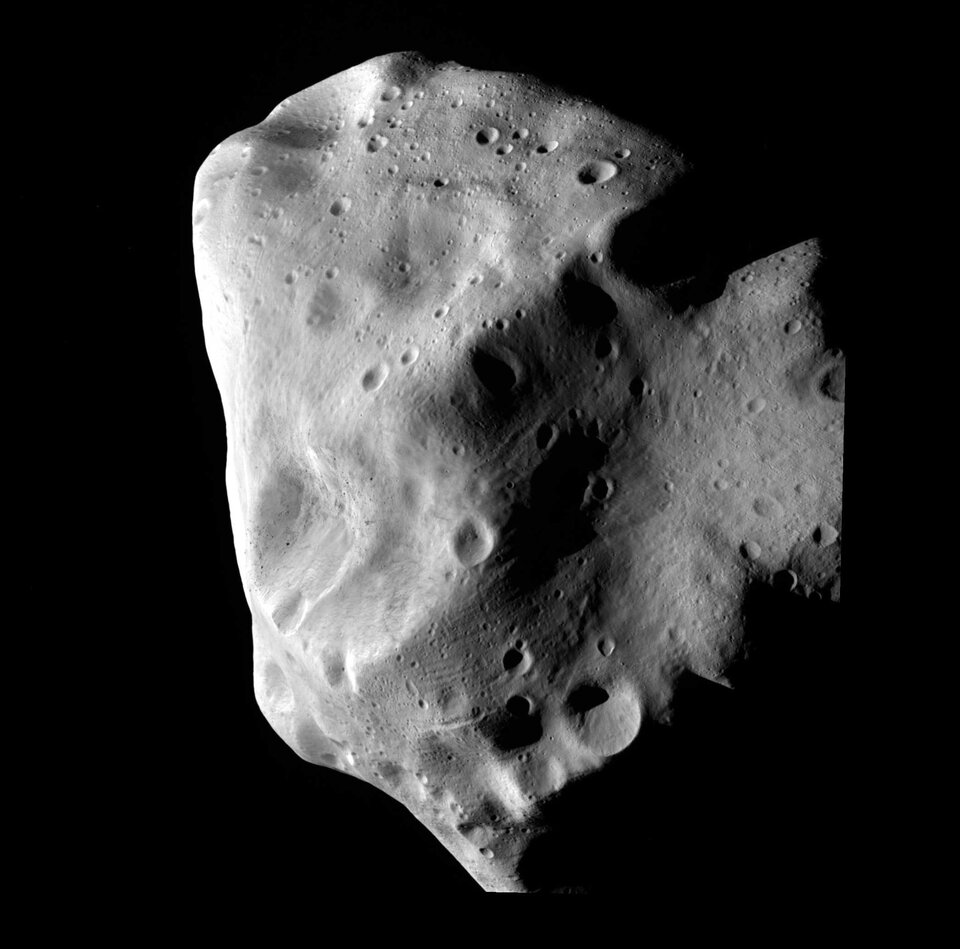
However, VIRTIS indicates that Lutetia's surface composition remains entirely primordial, displaying none of the rocky material expected to form during such a molten phase.
The only explanation appears to be that Lutetia was subjected to some internal heating early in its history but did not melt completely and so did not end up with a well-defined iron core.
These results, all gathered during just a short flyby, make Lutetia a unique asteroid and an invaluable postcard from the past, at a time when Earth was forming.
"We picked a most important member of the asteroid belt," said Rita Schulz, ESA's Rosetta Project Scientist.
"All the asteroids encountered so far were different from each other, but Lutetia is the only one in which both primordial and differentiation features have been found.
"These unexpected results clearly show that there is still much more to investigate before we understand the belt fully."
Having now left Lutetia far behind, Rosetta is in hibernation and en route to its 2014 rendezvous with comet Churyumov–Gerasimenko.















 Germany
Germany
 Austria
Austria
 Belgium
Belgium
 Denmark
Denmark
 Spain
Spain
 Estonia
Estonia
 Finland
Finland
 France
France
 Greece
Greece
 Hungary
Hungary
 Ireland
Ireland
 Italy
Italy
 Luxembourg
Luxembourg
 Norway
Norway
 The Netherlands
The Netherlands
 Poland
Poland
 Portugal
Portugal
 Czechia
Czechia
 Romania
Romania
 United Kingdom
United Kingdom
 Slovenia
Slovenia
 Sweden
Sweden
 Switzerland
Switzerland


























